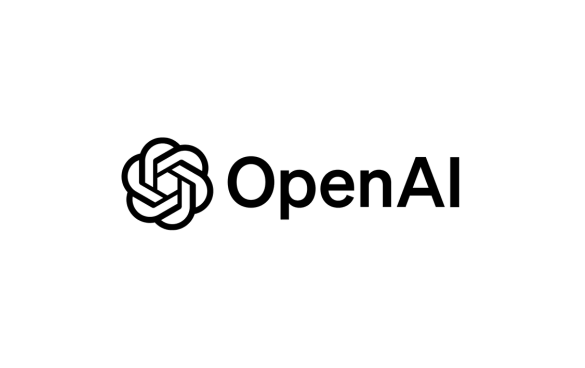OpenAI responded to a lawsuit that The New York Times (NYT) had filed against it in a blog post on January 8, stating that it is “without merit” and outlining its joint ventures with other news outlets.
According to the blog post, OpenAI was in discussions with the NYT that appeared to be “progressing constructively.”
“Their lawsuit on December 27—which we learned about by reading The New York Times—came as a surprise and disappointment to us.”
The New York Times is suing OpenAI and Microsoft, claiming that its information has been improperly used to train chatbots using artificial intelligence (AI).The NYT’s assertions are refuted by OpenAI, which says it sees this as an opportunity to “clarify our business, intent, and how we build out the technology.”It outlined four assertions, the first of which is that it actively cooperates with news organizations and generates new opportunities for news, as the foundation for its arguments.
It also stated that, although offering a “opt-out,” its instruction is “fair use” and is “the right thing to do.”Furthermore, the AI developer asserts that the NYT is not providing the “full story” and that the “regurgitation” of text is a “rare bug” that is being corrected.OpenAI listed a number of collaborations it has established in the media sector, including a recent agreement to address AI “hallucinations” with German media behemoth Axel Springer.Another group it communicates with to “explore opportunities, discuss their concerns, and provide solutions” is News/Media Alliance.
This, however, comes after a 77-page study, released on October 30 by the News/Media Alliance, was submitted to the US Copyright Office claiming that AI models have been trained on datasets that contain a disproportionate amount of information from news publishers compared to other sources.Additionally, OpenAI emphasized the “opt-out process” that it has put in place for publishers, which stops its tools from accessing the websites of those publications who have used it.It was reported that August 2023 saw its adoption by The New York Times.One of the main points of contention in the NYT lawsuit against OpenAI and Microsoft is that, behind Wikipedia and a database of US patent records, “www.nytimes.com” is the most highly represented private source.
The New York Times further states that it attempted, but was unable, to contact Microsoft and OpenAI in April 2023 to express concerns around intellectual property and “explore the possibility of an amicable resolution.”Lawyers have dubbed the NYT’s complaint—which claims that generative AI is violating copyright—the “best case yet,” notwithstanding OpenAI’s reply.OpenAI stated that its content is not a “substitute for The New York Times” and that any abuse reported by the NYT would be “not typical or allowed user activity.”
“Regardless, we are continually making our systems more resistant to adversarial attacks to regurgitate training data, and have already made much progress in our recent models.”
“We regard The New York Times’ lawsuit to be without merit,” the post concluded, “Still, we are hopeful for a constructive partnership with The New York Times and respect its long history…”


